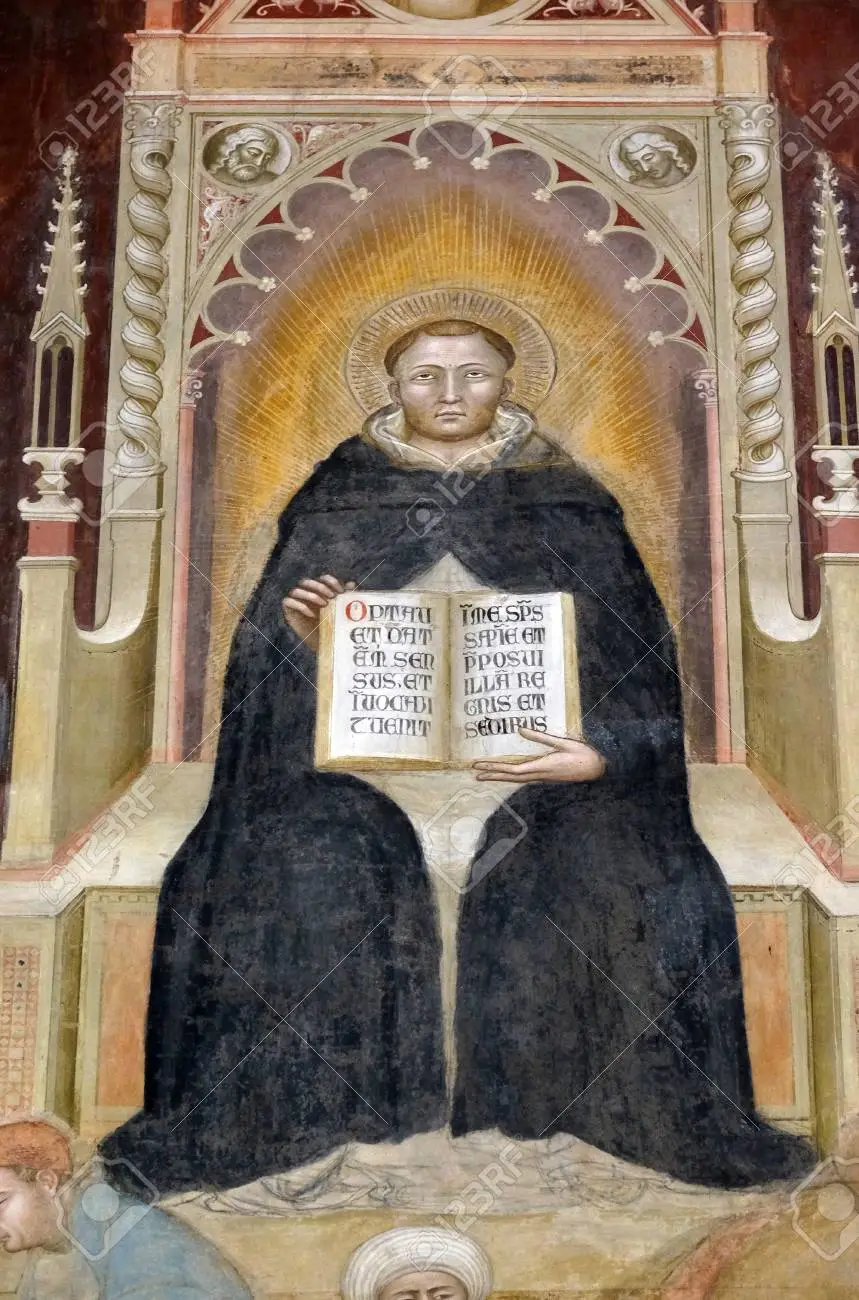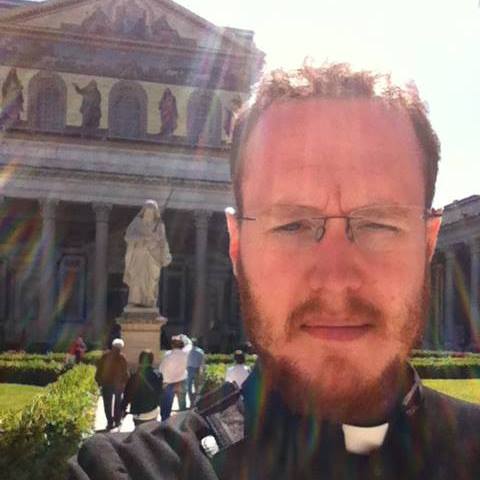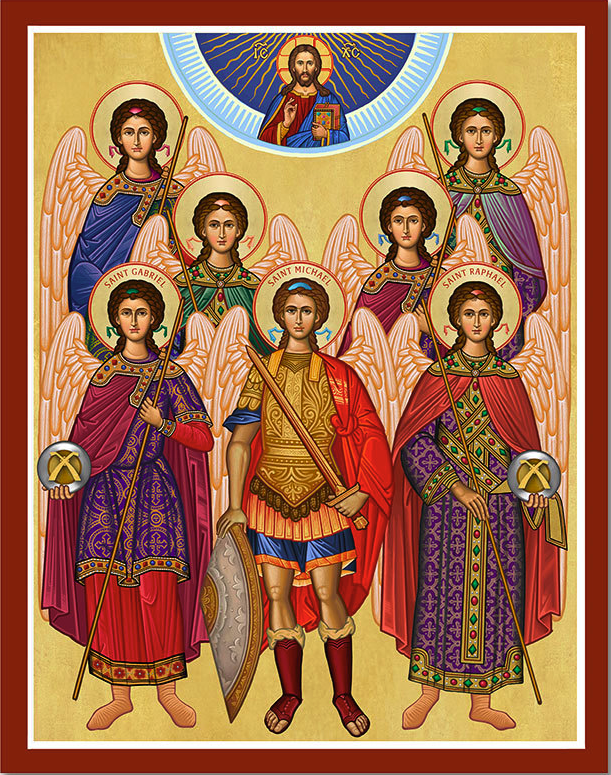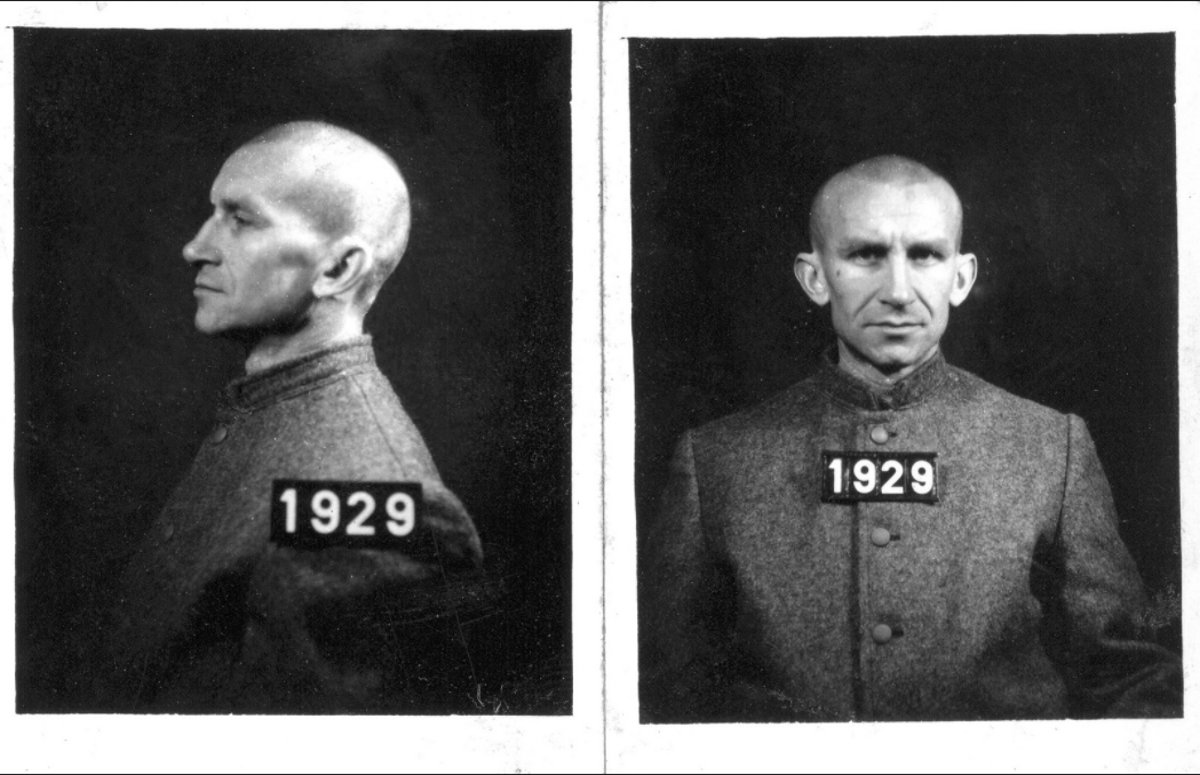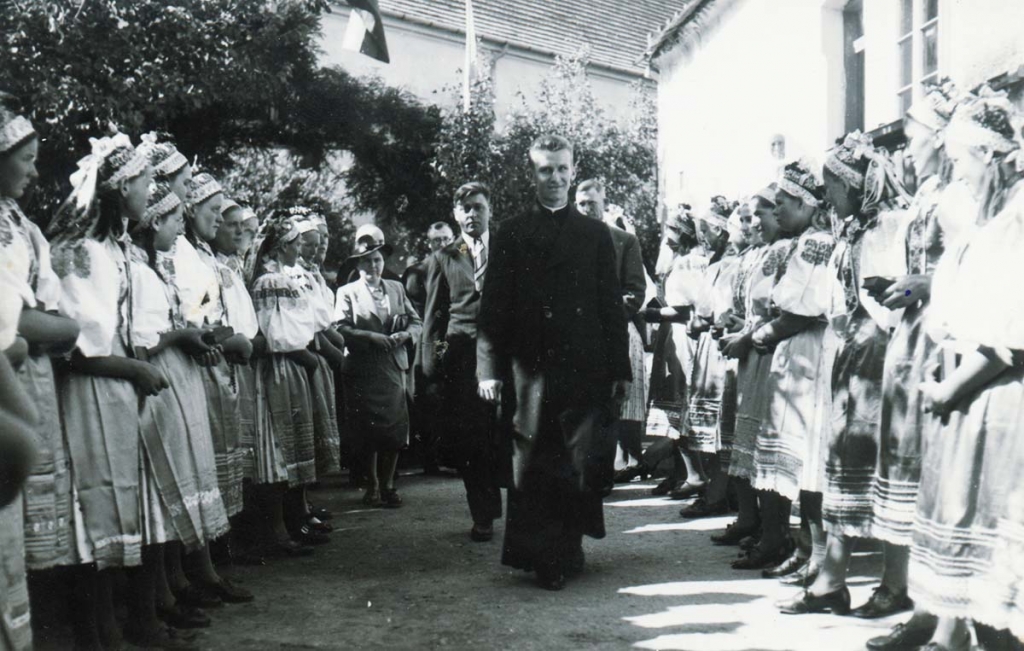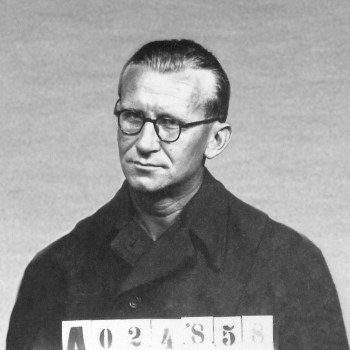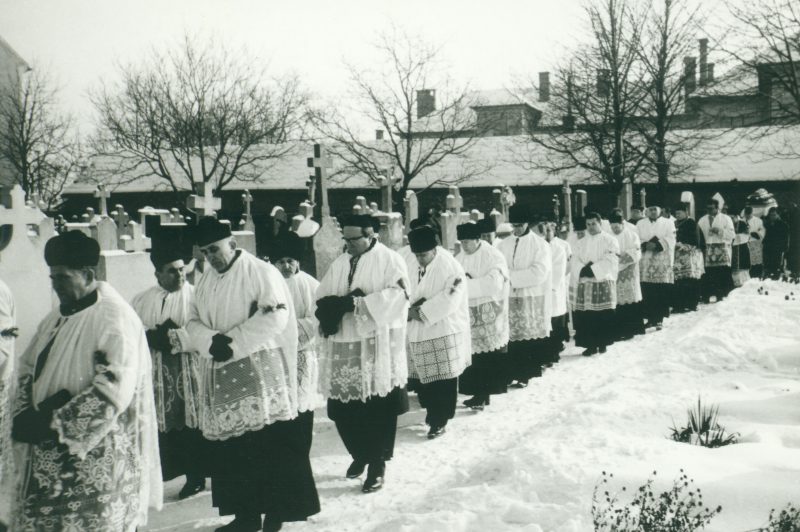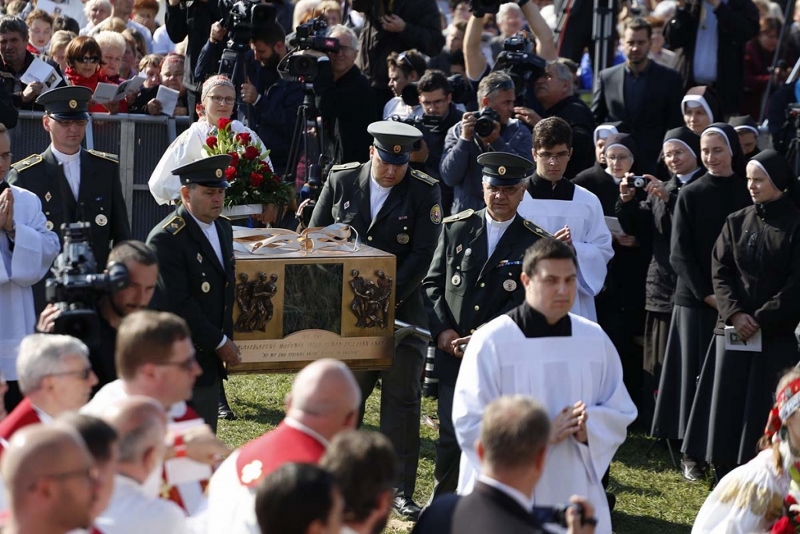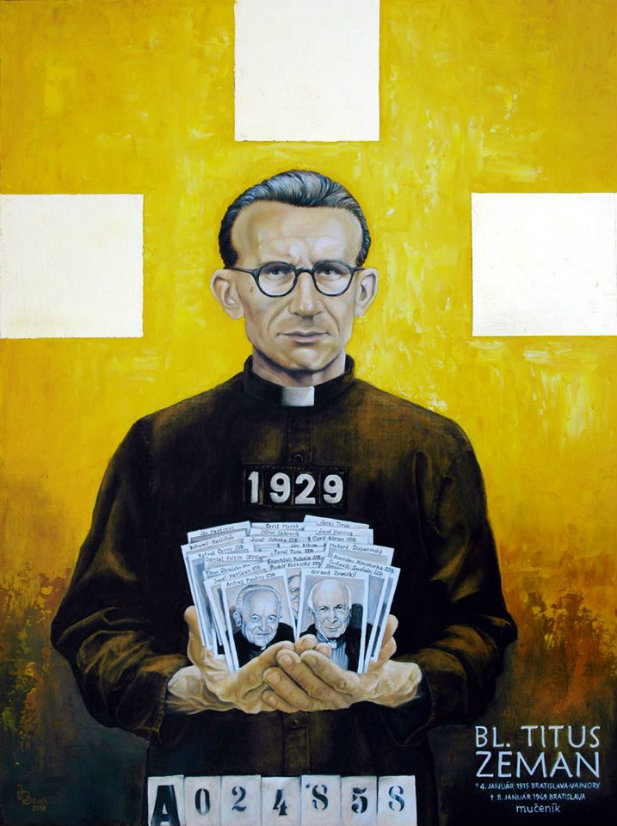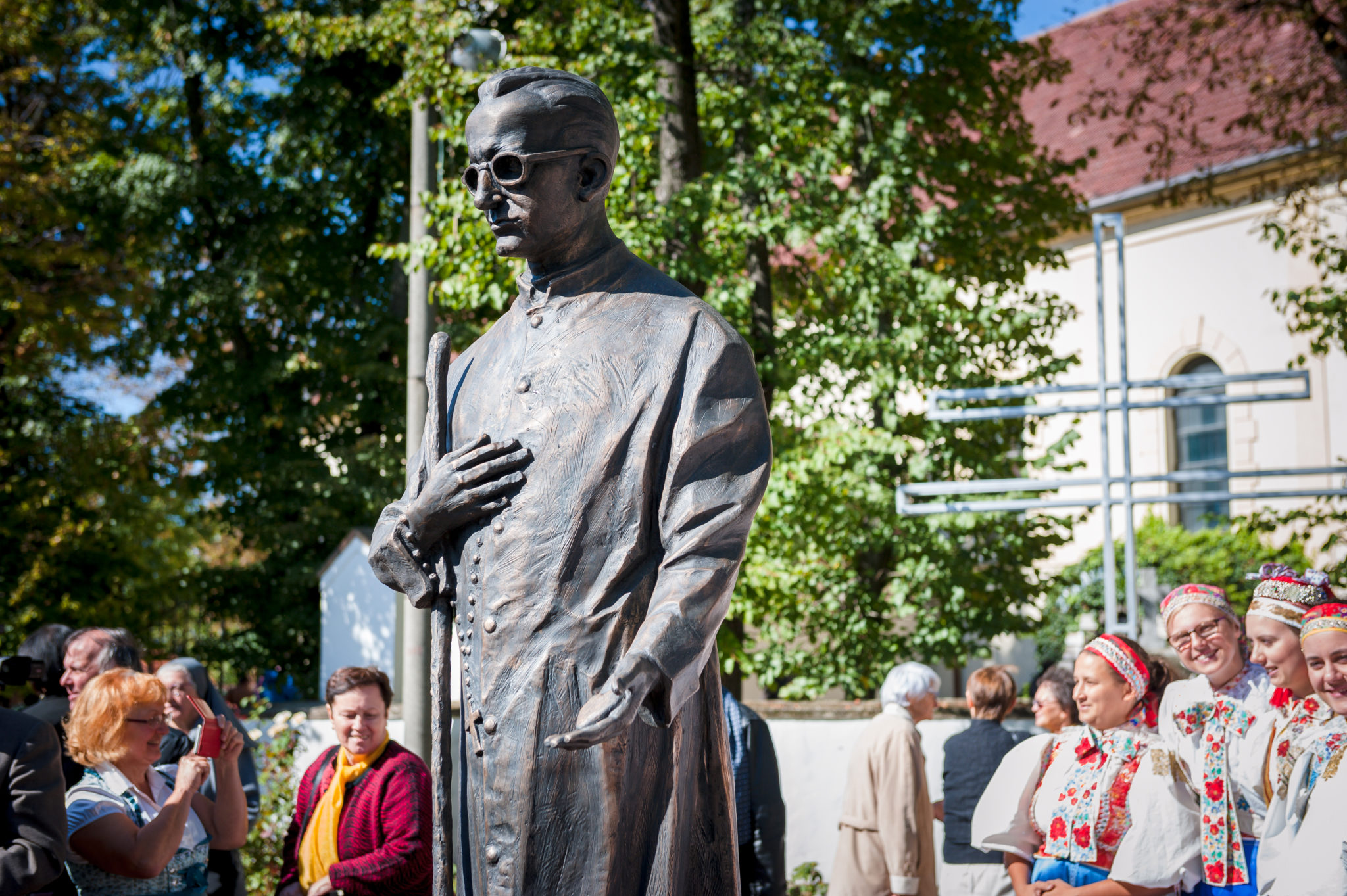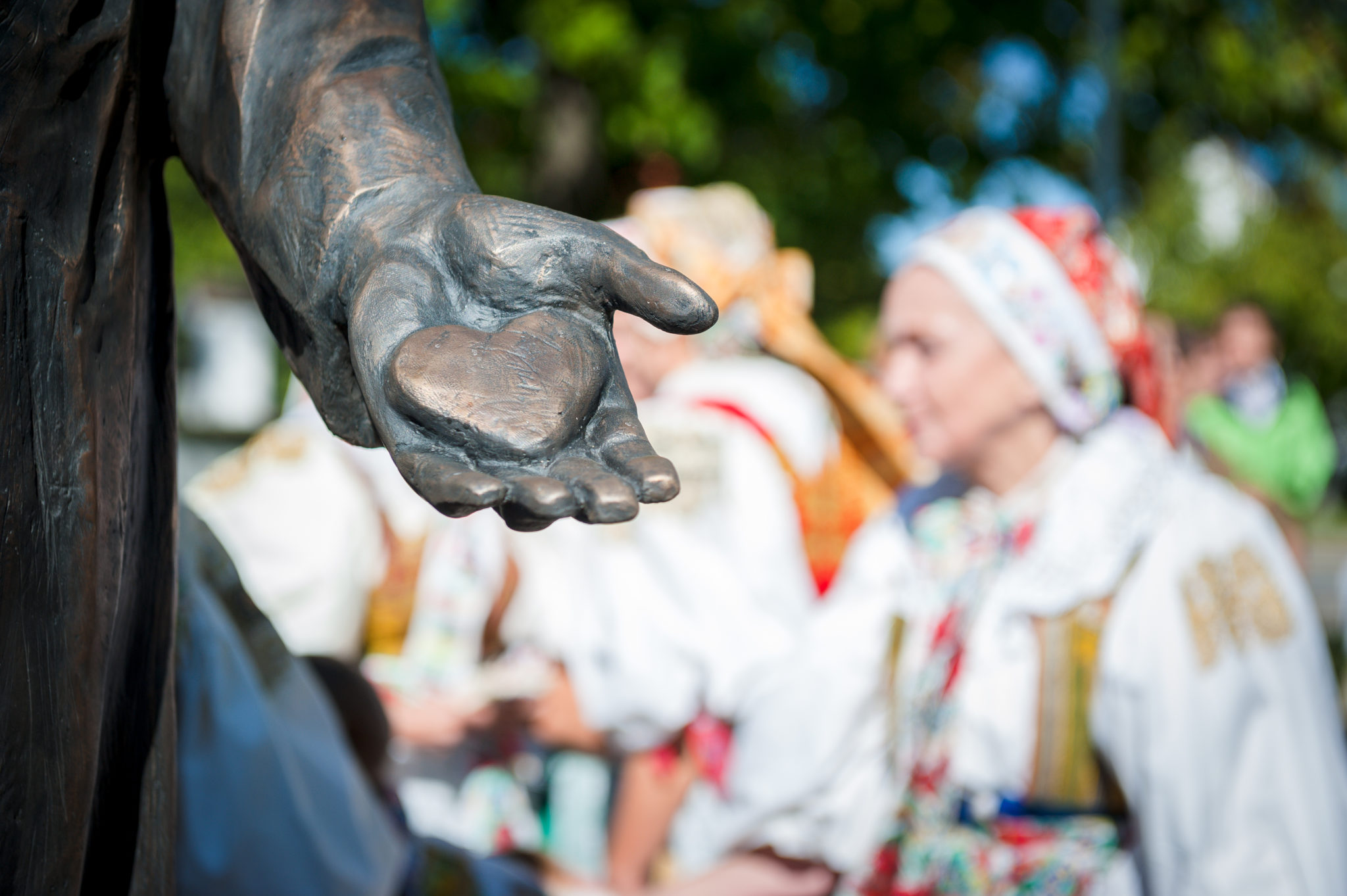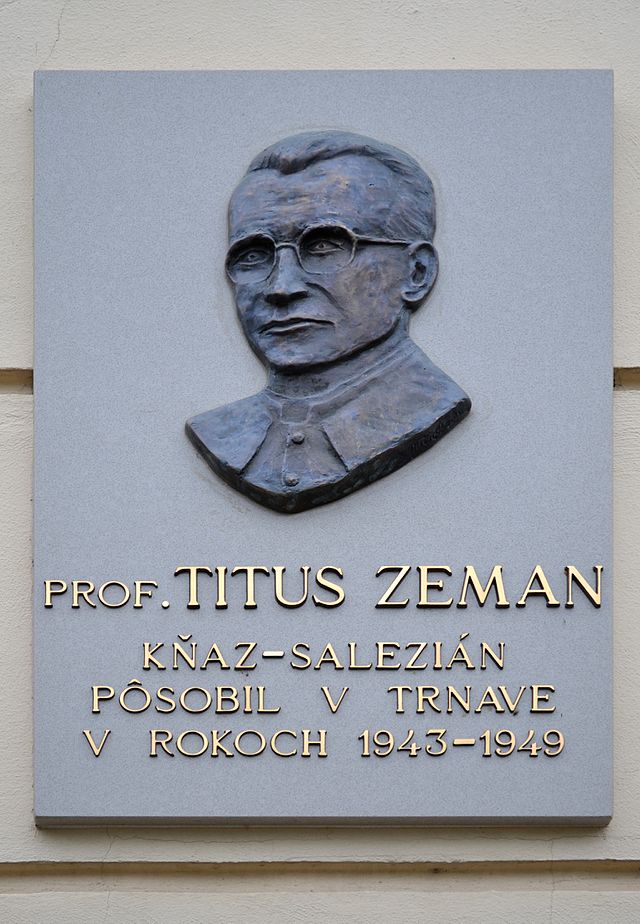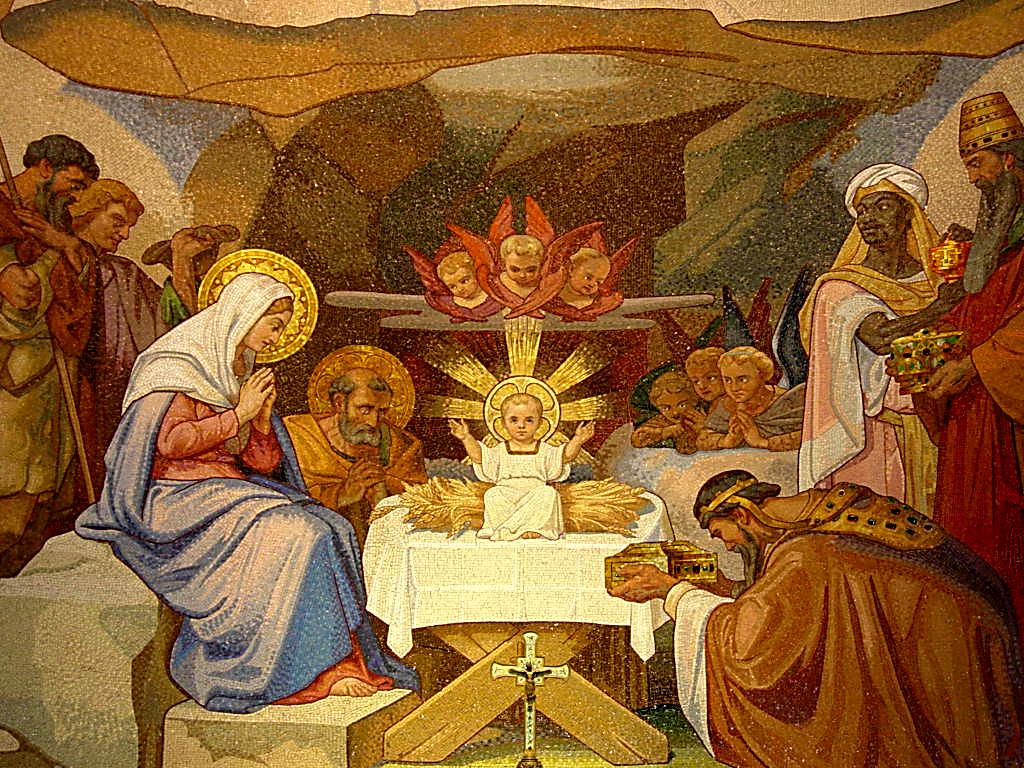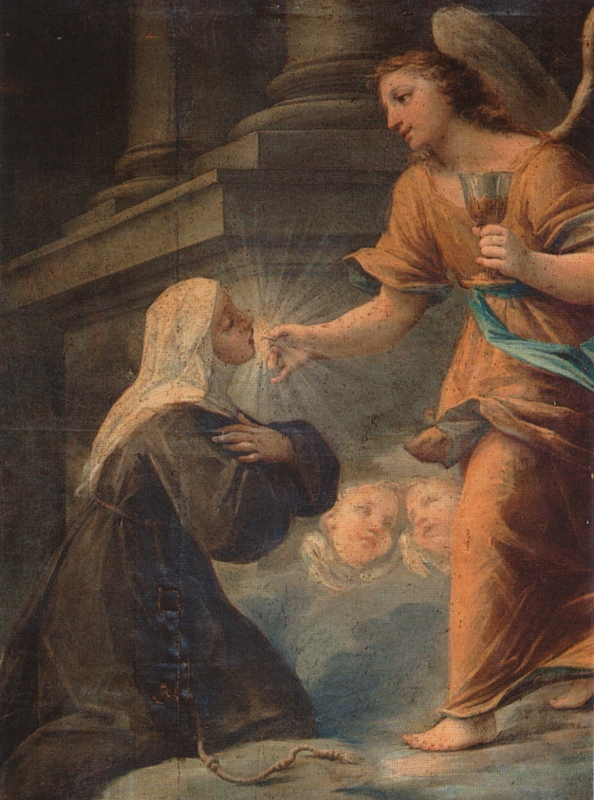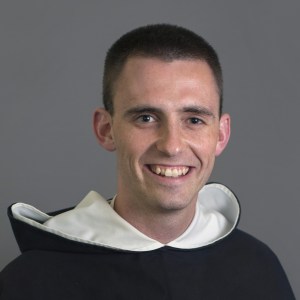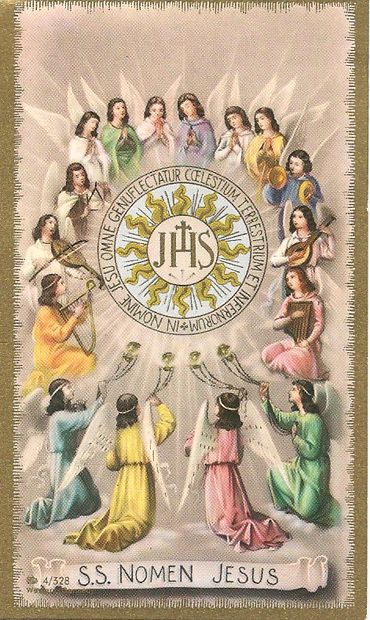
My father had willpower and grace I will never understand, had six children, sold cars, sold real estate after interest rates during the Carter administration killed his automobile dealership, 56 yrs of marriage, put five boys through college, functional alcoholic, quit smoking and drinking by sheer will power and grace after forty years, drove himself to the hospital after the last, of many we believe, infarction strokes. “Young man, get your ass to Mass!!!” at the beginning of the first year of college for me when such temptations due to freedom and its indiscipline cause 18-year-olds to flirt with disaster.
When St. Thomas Aquinas’s sister asked him how to become a Saint, he told her to just “will it.” Venerable Anne de Guigné was a child with an iron will and from the moment of her conversion, she willed only one thing…to be a Saint. “To become a Saint is to persist,” she said.
Anne de Guigné was born April 25, 1911 at Annecy-le-Vieux, Savoy, France, to a very happy family who named her Jeanne Marie Josephine Anne; she was Baptized the next day and came to be called Nenette. One day when there was company, Mother told Nenette to pass around a box of chocolates. After the children had all had their share, Mother placed the box high above Nenette’s reach and then went on visiting. But Nenette loved sweets and she wanted more candy. She quietly pulled her little table right below the chocolates and then just as quietly placed her little arm chair on the table. Without any noise she climbed up on the table and then on the chair. Just as she was reaching for the longed-for box, her chair scratched the table and all the grown-ups looked around. Mother made Nenette climb down quicker than she had climbed up, while she said to her, “Do you think little Jesus would have done that?”

-left front is Marie-Antoinette and next to her is Magdeleine. Back is Jacques and Anne, who is eight years old.
On Christmas the family always went to Grandfather’s house for the day. All the cousins came, too. Grandfather enjoyed giving each one of his grandchildren a beautiful gift. This year he had a pretty little arm chair for Nenette, a table for Renee, and many pretty toys for the others. When Nenette came into the room she saw the table at once. She did not care for the arm chair, but she wanted the table. Each little one was happy to receive his gift and thanked Grandfather, all except Nenette. She did not even look at the arm chair Grandfather handed her, but grabbed the table and started to pull it away from Renee. She pulled and Renee pulled. Mother had to come and tell her little Nenette how ashamed she was of her. Of course, Nenette had to give in again, but she pouted all day. When her little brother Jojo [Jacques] was born Nenette was jealous but eventually became ashamed that she was.

-Anne aged two and a half, 1913. “When very small, before the age of four, obedience was very difficult for her. She used to resist violently. From the time of her conversion, however, she started to control herself and achieved unquestioning obedience which cost her a great deal,” Madame de Guigné.
Venerable Anne de Guigné’s body remains incorrupt. She has been declared Venerable, her life recognized as exemplifying heroic virtue. In 1911, Anne de Guigné came into this world, followed within four years by a brother, JoJo, and two sisters, Lelaine and Marinette. Her army complete, Anne in charge, was indeed a demanding sergeant. A perfect example of this is seen in an incident with an older cousin when Anne was three. The two children came upon a high mound of sand, not to be climbed, which Anne took as a challenge. Her cousin, older and bigger than Anne, expressed his decision not to attempt it. Anne took charge: “I say you MUST. I’ll make you!” And with that, the tug of war commenced. The outcome remains unknown as an adult intervened and the little sergeant was vanquished.

-Anne with her father, Jacques

-Anne’s father, Jacques de Guigne’
Her parents were wealthy and prominent. Anne’s father was Count Jacques de Guigné, second lieutenant in the 13th Battalion, Chambéry of Chasseurs Alpins, a graduate of St. Cyr Military Academy and a second-lieutenant in the 13th Battalion of Alpine Chasseurs: family matters had caused him to leave the army, although he did return to his unit in 1914 at the beginning of the First World War. A devout Catholic with the zeal of an apostle, he studied Church history in view of his children’s education, and legal matters to better serve the causes he loved, managing this without depriving his family of his affection. A learned man, he was a lecturer, and a journalist as well as a husband and father; he founded and directed a Catholic youth group in his parish.
When Anne was 3 ½ the war broke out between France and Germany and her father, though retired, was sent to the front lines. A month later he returned home, severely injured. Anne, who loved her father immensely, took upon herself to look after him, fetching books and even arranging his cushions. Recovering from his wounds, Lieutenant de Guigné left again for the front lines only to return a few days later wounded worse than before. Despite not being healed sufficiently, Lieutenant de Guigné insisted upon returning to his men. In February, being seriously wounded, he was sent to a hospital in Lyons for an operation. Taking Anne with her, Madame de Guigné went to Lyons and pointed out the suffering soldiers to Anne, who was moved at the sight.

Anne’s mother was born Antoinette de Charette on September 19, 1886, the great-niece of François de Charette, the well-known general who led the soldiers of France in the Battle of Patay, beneath the banner of the Sacred Heart. Anne’s maternal grandmother Francoise Eulalie Marie Madeleine de Bourbon-Busset was a direct descendant of the sixth son of King Louis IX of France, Robert, Count of Clermont.
Born with a terrible temper and selfishness, Venerable Anne would often throw tantrums if she didn’t get her way, and would not share anything with others. But at the young age of four, she experienced a powerful grace. Her father, who was fighting in World War I, died on the front lines, and when the officer came to inform her mother of the death, Anne’s mother collapsed in tears. Anne asked how she could make it better, and the mother replied, “Your father is in heaven, but if you wish to comfort me, you must be good.”
Gazing long and thoughtfully into her Mother’s eyes, she realized that in order to please God she must be good and Anne resolved to be good and please her Mother. Her father’s death was the beginning of Anne’s conversion. All day long, Anne was thoughtful, trying to make the other children behave. “You must be good Jojo, because Mother is sad.” From this time on there was no more tempers, nor selfishness. This huge change did not come easy for Anne; though no one would have guessed the daily battle within herself she fought.

-Jacques, Magdeleine on the cushion, Anne, and Marie-Antoinette on Madame de Guigné’s lap, May 3rd, 1915. “From the age of four until her death, her striving for perfection never faltered. There was nothing spectacular, no amazing facts but everything she did was inspired by the Holy Ghost and she put all her love into it,” Madame de Guigné.
Her life was changed at that moment. As her mother later testified, “She changed through two things: willpower and prayer.” Anne’s conversion was immediate. She became the comfort of her mother, the apostle of the nursery, a model of obedience. At five, she was permitted to join the older children in the retreat to prepare for and receive First Communion, showing knowledge, understanding and great faith in the presence of our Lord in the Eucharist.
A month before her father was killed, Anne talked about preparing for her First Holy Communion, so in the autumn of 1915, Madame de Guigné enrolled Anne in the catechism class taught by Mother St. Raymond at the Auxiliatrice Convent. Mother St. Raymond perceived that Anne, though only 5 years old, was far advance than all the rest. “I soon saw that Anne was a very gifted child; but what struck me most was this: the others were never jealous of her, though she was cleverer than any of them and the youngest. Every one of them loved and admired her. I think it was because she never tried to ‘show off’ or get the better of anyone. Her manner was so sweet too. She was as nice with some rather spoiled children as with those who behaved well. Not only did I never hear her say an unkind word, but she never even teased the other children, and this must have meant considerable self-control, for she was naturally so quick and sharp. At first she had a little difficulty in learning by heart, so I told her to repeat in her own words all she had understood of the day’s lesson. It was about the Church, a difficult subject for a small child, and I did not expect much; but to my great surprise she had understood it all and repeated the whole lesson in astonishingly clear and precise words. It often seemed as if God must have taught her.”
Mother St. Raymond began to prepare Anne for her First Confession and was surprised that not only did Anne know her faults, but she had also carefully analyzed them, with gravity and precision. When asked if she was afraid of her First Confession, “Afraid of the priest! Why should I be? You said he would be acting as Our Lord!” Anne’s Confessor, Mother St. Raymond, and Madame de Guigné requested from the Bishop that Anne be allowed to make her First Holy Communion, but the Bishop, seeing that Anne was only 5, refused the request. After arguing the matter over, the Bishop finally agreed but only on the condition that she be put through a rigorous examination by the Superior of the Jesuits, who viewed the examination as a waste of his time. Everyone was apprehensive and nervous about the interview, except Anne, who want to receive Our Lord and was determined to change the Superior’s mind.
The learned Jesuit questioned Anne with a series of random questions and quickly became convinced that she was perfectly prepared. He became so interested in her that he prolonged the interview for some time, questioning her on all sorts of subjects and even probing Anne’s conscience.
“What is your chief fault?” he asked.
“Pride,” Anne promptly answered, “and disobedience too.”
Humility there, thought the priest, but he pretended to be very stern and told her that a little girl who wanted to receive Our Lord must obey at once. Then he quickly asked her: “When does Jesus obey?”
“At Mass,” Anne quickly responded.
“What words does He obey?”
“He obeys the priest when he says: ‘This is My Body, this is My Blood.’”
Finally the interview was over and both the Superior and Anne emerged, smiling, much to everyone’s great relief. “I wish you and I were as well prepared to receive Our Lord as this little girl is,” the Superior said. All obstacles being now removed, Anne joined the First Communicants’ retreat at the Convent. The theme being, “Obedience is the sanctity of children” which Anne took to heart and for her to know was to act, so it was done. From that time forth, she was practically perfect in obedience. “You must offer everything to our good Jesus. I want my heart to be as pure as a lily for Jesus,” Anne said.
When Anne made her First Holy Communion, it was March 26, 1917, a Monday in Passion Week and the feast of Our Lady’s Assumption, which had been transferred to the 26th since the 25th fell on Passion Sunday. Her First Communion resolution was: “I will give my sacrifices to Mary, so that She may give them to Jesus.” She was never known to refuse a sacrifice. That day, Anne wrote: “My Jesus, I love You and to please You, I resolve to obey You always.” Anne had a great devotion to Our Lady and Our Lady of Sorrows for her was “Our Lady of Consolation,” and this was the title she gave to a little statue in the garden, near where the children played. Here she would go to beg for help when the struggle for self-control became very hard.

-the statue in the garden in Le Réray that Anne called “Our Lady of Consolation.”

-Anne, almost nine. “I asked her ‘Do you love God?’ She answered me with such intensity in her eyes and her whole body: ‘Father, I love Him with all my heart and soul!’ I have never forgotten the ardour of the love that she radiated,” -Father Jacquemont.
One time when Anne was 4 years old, she was walking with her grandfather and they passed by a store of wheat. Her grandfather asked her: “Anne, do you know what is done with wheat?” Anne answered, “Tell me, Grandpa.”
“The farmer gathers the wheat and then grinds it and then makes flour for us. We use this flour to make bread and also to make the Hosts that the priest gives us at Mass. Do you know what the Hosts become?”
Anne responded, “Little Jesus comes and hides Himself in the white Hosts, which become Jesus.”
A priest asked Anne where the Holy Ghost dwelt specially. “In the souls of the just,” came the quick response. No one remembered teaching her that. “She listened eagerly to all I said,” Mother St. Raymond continues, “but she never tried to answer out of her turn, or in fact until she was questioned; but very often all heads would turn in her direction when nobody knew the lesson ― and they were not mistaken

-Anne, aged about six, with Magdeleine, Jacques and Rajah, the family dog

-Anne & Rajah
When Madeleine Bassett (Demoise as the children called her), the governess came in January 1916, she was surprised to hear how difficult Anne had been for the past 4 ½ years. Anne fussed over Demoise, so as to make her feel at home, even pointing to the flowers in the garden, telling Demoise that she can send a bouquet to her family back home in Cannes. One thing that the governess noticed was that Anne seemed wise beyond her years. “I was really charmed by the easy grace of her manner. One could not help loving her even then that inspired respect. She was very sensible too, and she had such a kind little heart.”

-Jacques, Magdeleine, the Governess Mlle Madeleine Basset, Anne and Marinette who must have moved. “It was she [Anne] who taught me what loving God meant. The secrets of her spiritual growth were prayer and willpower.” (Mademoiselle Basset)
Shortly before Anne’s conversion, Madeleine Bassett found Anne standing on a chair surveying her reflection in the mirror with some satisfaction. “I’m rather pretty, don’t you think so,” said the four-year-old. The governess replied that it was a waste of time to admire yourself since beauty is a gift of God and we should not be vain about it. Anne jumped down from the chair and never praised herself again.

-September, 1919

-Autumn, 1921
The next years of her young life, she gave all of her energy into controlling her temper and making sacrifices, two things that did not come naturally to her! But she could only do so because she began a rich relationship with Jesus. Everything she would suffer, she offered to the Lord with joy. Every action of hers, she sought to unite it with Jesus. She eventually conquered herself; or rather, God won the victory in her. When she died of meningitis at the age of 11, her cause for canonization was opened.

-last photo of Anne, a few weeks before her death
Anne’s apostolate didn’t stop with her three siblings, though they were the primary recipients. She was continually praying for the conversion of sinners, asking the Sisters to give her the name of a sinner to pray and sacrifice for, and she took this responsibility to heart. Her sacrifices were many ranging from the sacrifice of treats, (carefully done so as to avoid attention), extra prayers, accepting whatever came her way, whether it was agreeable or not and enduring the agonizing headaches from which she suffered for some time due to spinal pain, but still did her work in school.
On December 30th, Anne received Last Rites, as her condition became steadily worse. On New Year’s Day, she seemed to be feeling much better and Madame de Guigné had a Mass of Thanksgiving said. Gathering all her energy, Anne wished everyone a happy new year, but two days later the doctor told Madame de Guigné the terrible news. Anne’s chest muscles were paralyzed and for several days Anne would have attacks of suffocation that lasted for hours. For two weeks she suffered in this manner and on the night of January 13, Anne asked her Aunt, who was a nun, “Sister, may I go with the Angels?” “Yes, my dearest little child.” “Thank you, Sister. Oh thank you.” Soon Anne slipped into a coma and at 5:25 am, Saturday, January 14, 1922, Anne died peacefully, obediently, one last time looking at her mother.
In 1932, the Bishop of Annecy, opened the canonical investigation into Anne’s life. On October 30, 1933, the family vault was opened and the examination of the remains of Anne took place at de Guigné home. Her body was found to be perfectly preserved, with no signs of decay by the two doctors present. Two nuns decorated a new casket and Anne’s body was placed back in. Meanwhile 300 people had been waiting outside in the cold rain and icy wind for over an hour. All were finally allowed to come and file past Anne’s body, giving to two priests any article that they wished to have touched to Anne. The casket was placed inside another casket and locked again in the family vault. On March 3, 1990, Anne de Guigné was declared Venerable by Pope St John Paul II.
Though Anne wanted to become a Carmelite, her death from meningitis at the age of 10, cut short her time on earth, but she continues to answer prayers for the conversion of those who had turned away from God and she has also won many souls for her dear Jesus from heaven. Venerable Anne de Guigné, pray for us!
“My Jesus, I love You, and to please You, I resolve to obey You always.” -Venerable Anne de Guigné
Love,
Matthew
